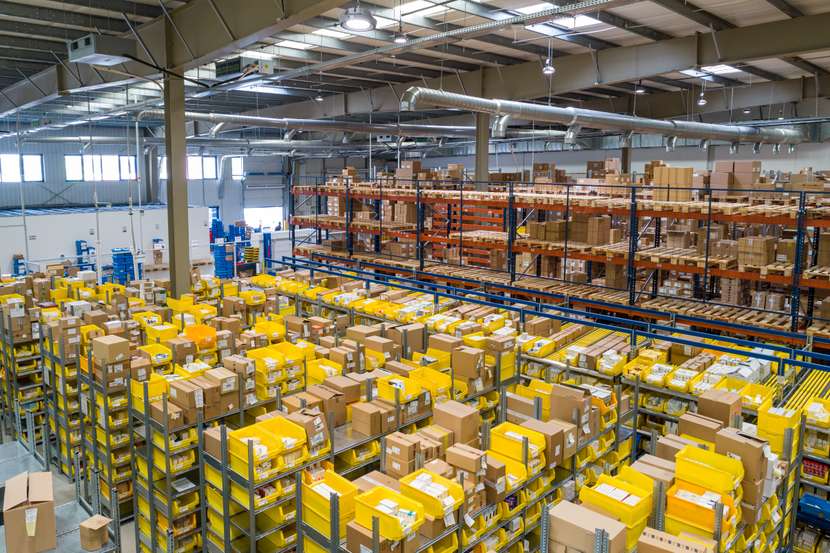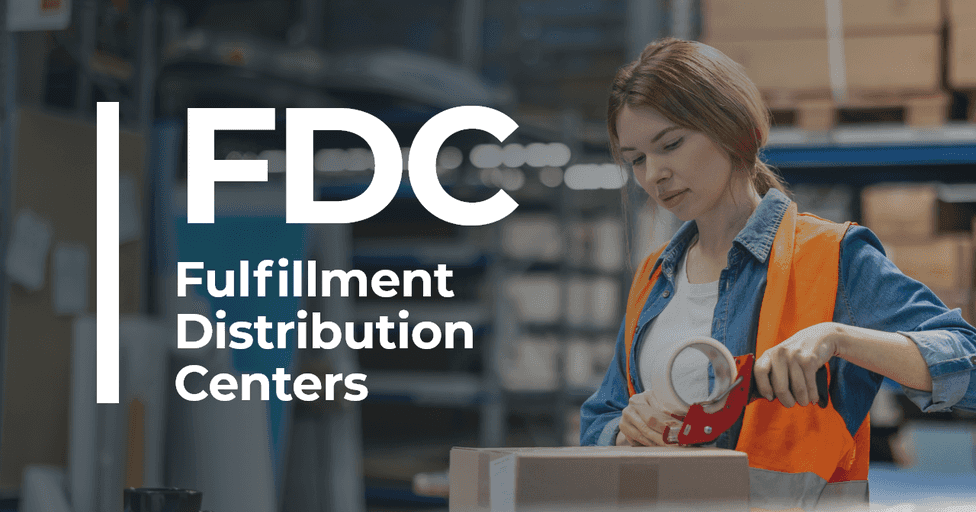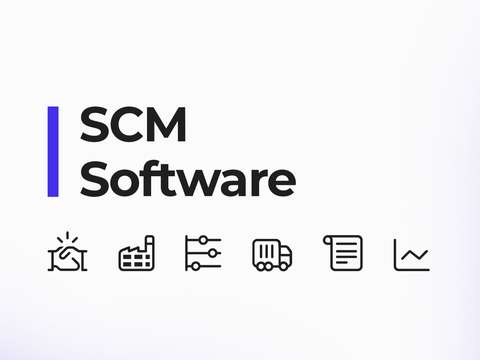In the booming eCommerce industry, it's common to hear terms like fulfillment center or distribution center used interchangeably without actually being exactly the same.
In fact, in eCommerce where complex operations have yet to be implemented within a fulfillment system, everything is referred to as a warehouse—regardless of whether these activities are specified or not, occur in the same facility, or even happen at the same time
The key part of a business usually happens behind closed doors, which is why a strategic use of any kind of facility is a fundamental step towards being not only efficient, but most importantly, more successful.
Fulfillment centers and distribution centers are good places to start optimizing and streamlining the fulfillment process. Although they might seem similar, there are subtle differences that need to be noted to make the most of both.
What is a distribution center or fulfillment center?
Distribution centers or fulfillment centers are specialized buildings dedicated to temporarily storing items prior to their redistribution to retailers, wholesalers or consumers.
These facilities can belong to the manufacturer, the product distributor or be a third party that provides a fulfillment service to one or multiple companies.

However, there’s a subtle difference between these two terms. Fulfillment centers are typically the place from which the order is shipped to the consumer, whereas distribution centers ship the items to a physical location where they are sold.
What is a warehouse?
In opposition to fulfillment centers or distribution centers, warehouses are buildings where items are stored.
However, the term warehouse is used loosely and can actually also be used to describe a place where orders are fulfilled.
Difference between fulfillment center vs. distribution center
There’s only a small difference between a fulfillment center and a distribution center. They are both key-parts of the supply chain process in the eCommerce industry, but distribution centers don’t physically ship the order to the customer itself, rather they ship it to the physical location from where they would purchase it from. Fulfillment centers process the orders that customers place and ship them directly to the buyer.
Warehouse types
Apart from fulfillment warehouses and distribution warehouses, there are other types of warehouses that can come in handy for a growing or established business that physically manages stock.
Consolidation warehouses
These warehouses collect and consolidate shipments from multiple vendors to save costs and make more efficient parcels with a delivery destination within a close area by being delivered by one courier in a single route.
Without consolidation warehouses, smaller vendors would end up facing high shipping costs and the delivery times that they could offer for a cost-effective shipment wouldn’t meet the expectations that customers nowadays have towards delivery times.
Smart warehouses
Warehouses fueled by automation systems such as robots and other types of specialized and advanced technologies are called smart warehouses.
Although smart warehouses can be more costly, they make operations more efficient, reduce the workload of manual work and improve supply chains by optimizing route planning, inventory management and data collection, among other aspects.
On-demand warehouses
On-demand warehouses temporarily store the products or shipments in a location close to the end customer and are delivered the same day or within a few hours of order placement.
This reduces shipping time while keeping warehouse costs to a minimum.
Cross-docking warehouses
Cross-docking is the practice of receiving the ready products in a warehouse and to dispatch them without ever being stored.
Cross-docking warehouses tend to have little to no storage space, since most of the stock leaves the premises after being dropped off by the distributor. Cross-docking warehouses reduce storage time —and costs—, to a minimum.
Reverse-logistics warehouses
Reverse logistics is a process that requires specific resources, such as a designated place, and time in order to analyse and sort the returned products and waste before they are reintroduced in the sales process, repaired as part of a guarantee or to be sold again or totally discarded.
When the operations are of a certain size, businesses tend to set in place a reverse-logistics warehouse to carry out all these activities in a correct and efficient way.
All of these types can have the additional feature of being temperature controlled or even prepared for the management of hazardous materials if the items require so (HAZMAT warehouses).
Conclusions
Warehouse operations are a complex matter that is closely related to order fulfillment and product distribution. This article shed some light on the subtle difference between fulfillment centers and distribution centers.
Essentially, they both act, at least temporarily, as a warehouse. But, with all the types of warehouses that we also covered, finding the correct warehouse type for your online store will hopefully be easier.
Regardless of if you end up working with a fulfillment center, a distribution center or any other type of warehouse, you can connect all your shipments (B2B and B2C) within a single hub to make your operations more efficient.
Try Outvio and see for yourself how it feels to have everything centralized and as automated as possible!




